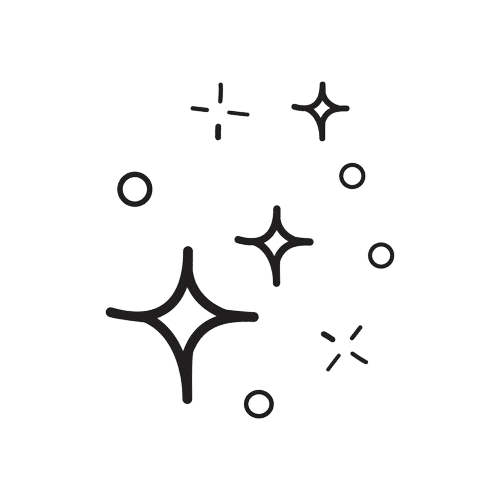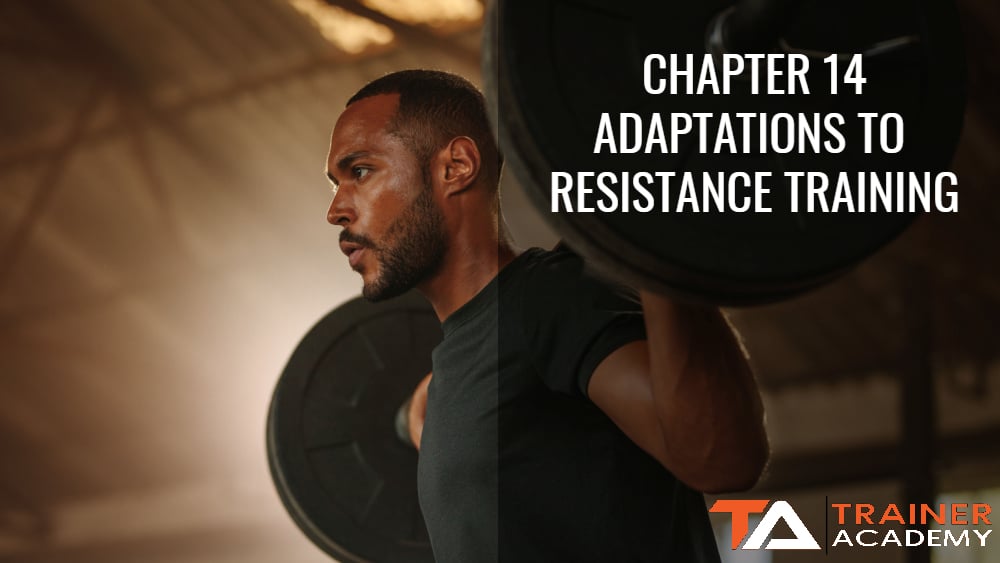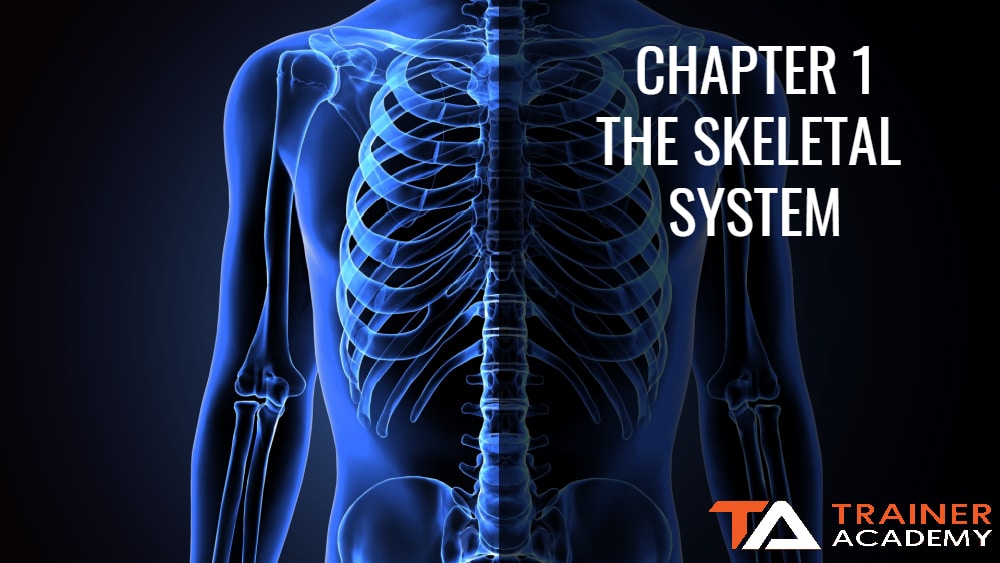The nervous system is the main system that aids in the body’s regulation of external and internal stimuli.1
The organs of the nervous system include the brain, spinal cord, nerves, and the neurons that compose each of these organs.
The nervous system plays a key role in all biological functions, including movement.2
Fitness professionals should have a basic understanding of the functions, structure, and components of the nervous system, in addition to understanding the acute role and chronic responses of the nervous system to exercise.
Introduction to the Nervous System
The nervous system offers three main functions:
- It senses conditions inside and outside the body, which allows it to take in sensory information.
- The nervous system integrates the information by sorting it out and forming a response.
- It carries out the response through glands, muscles, and other organs via its motor function.3
A special function of the nervous system important to fitness and exercise is proprioception. Proprioception, or kinesthetic perception, allows the body to detect its location in the environment. Proprioception also assists in detecting the locations of the different limbs and other areas in relation to one another.2 Core and balance training are best for improving proprioception.
The receptors that provide this information are called proprioceptors. They are found in the tendons, joints, and muscles as well as particular parts of the ear (the vestibular system).1 It is important for the body to have this awareness when exercising in order to perform movements correctly and avoid injury.2
If a person stands on one foot, their nervous system intakes information via proprioception to keep them balanced. Proprioceptors in the joints, muscles, tendons, and ears take in information to locate the body for proper balance.
Through the nervous system’s awareness of location in relation to the environment and the body’s parts in relation to one another, balancing on one foot becomes possible.

Divisions of the Nervous System
Two biggest divisions of the nervous system are the central nervous system and the peripheral nervous system.

Central Nervous System (CNS)
The central nervous system, or CNS, includes the brain and spinal cord.1 The brain is located inside the skull.1 The human adult brain on average weighs a little more than three pounds.3 The spinal cord is found inside the vertebrae.
It sends messages to the brain or participates in reflexes in which the brain is not required.1 The central nervous system is where the nervous system performs its integrative functions.
Peripheral Nervous System (PNS)
The peripheral nervous system, or PNS, contains neurons and neuroglia outside the brain and spinal cord.1 The peripheral nervous system allows the CNS to communicate with the rest of the body and vice versa. It is the location for the sensory and motor functions of the nervous system.3
Sensory Division
The peripheral nervous system divides into sensory and motor divisions. The sensory division of the peripheral nervous system is also known as the afferent nervous system. It sends messages from receptors to the central nervous system via axons.3
Motor Division
The motor division of the peripheral nervous system sends messages from the central nervous system to glands, muscles, and other organs. It is also referred to as the efferent nervous system. This motor division divides even further into the somatic and autonomic nervous systems.3
Somatic Nervous System
The somatic nervous system transmits impulses to the musculoskeletal system as well as the eyes, skin, and ears.1 It controls voluntary muscle, which describes muscle that is controlled by conscious thought.3
For example, the somatic nervous system tells the muscles to contract and relax, allowing a person to perform a biceps curl. The somatic nervous system is important especially in the function of muscles during exercise and activity.
Autonomic Nervous System
The autonomic nervous system deals with glands as well as involuntary muscle, also known as smooth muscle and cardiac muscle.1 The autonomic nervous system does not function consciously. It allows the heart rate to change or the blood pressure to go up and down along with many other unconscious body adaptations.
Therefore, this system is also very important during exercise. It is divided into the sympathetic nervous system and the parasympathetic nervous system.3
Sympathetic Nervous System (SNS)
The sympathetic nervous system (or SNS) helps the body focus on physical activity. It tells the body to focus blood on the muscles and heart rather than the skin. It also helps increase airflow to the lungs and allows the liver to release glucose from its glycogen stores. It creates many more responses in addition to those just mentioned.2 Essentially, the sympathetic nervous system primes the body for “fight or flight” responses, including during exercise.
Parasympathetic Nervous System (PNS)
The parasympathetic nervous system (or PNS) is also known as the “rest and digest” nervous system. This is the part of the nervous system that controls certain unconscious body functions when the body is at rest. It promotes digestion. Some of its other effects include a lowered heart rate and bronchoconstriction (an effect in the lungs that decreases airflow).2

Neurons
The two basic units of the nervous system are neurons and neuroglia. Neurons send messages via electrical impulses throughout the body. They are also known as nerve cells. Neuroglia, also known as glial cells, are the supporting cells of the neurons. Often they also have special functions depending on their specific type.3 Neurons have the most direct effect on the body’s functioning during exercise.
Neurons generally cannot regenerate; therefore, they have long lifespans. Many survive as long as the human they reside in. However, this also means if someone injures their neurons, permanent damage could occur.
Because they are constantly sending messages, neurons require lots of oxygen and energy. They quickly die if oxygen supplies deplete.3
Neurons contain a cell body and processes. The cell body receives messages from other neurons or receptors and holds the nucleus of the cell and most other organelles. Sometimes the cell body is referred to as the soma or perikaryon.3
Processes are extensions of the cell. These include dendrites and axons. Dendrites collect the impulses to convey to the cell body, whereas axons send the message from the cell body to other cells. Often, axons send messages to another nerve and sometimes they send messages to a muscle or a gland or another type of tissue. The neuron axon can be surrounded by a myelin sheath. The myelin sheath both protects the axon and allows for quicker conduction of impulses.3
Types of Neurons
There are multiple ways scientists classify neurons. One distinction scientists use to classify is the number of poles or processes the neuron has. All neurons only have one axon, but the number of dendrites varies.
Multipolar Neuron
A multipolar neuron contains one axon and multiple dendrites. This is the most common type of neuron. Motor neurons are usually multipolar.3 For example, a nerve controlling latissimus dorsi muscle movement is multipolar.
Bipolar Neuron
A bipolar neuron has one axon and one dendrite. It is found in organs that pertain to special senses such as the nose.3
Unipolar Neuron
A unipolar neuron has one axon with two branches. It does not contain dendrites. Most unipolar neurons are sensory, especially sensory neurons in the peripheral nervous system that extend into the central nervous system.3
Sensory Neuron
A sensory neuron takes in information and transmits the information to the central nervous system. Most sensory neurons are unipolar, however sometimes they are bipolar. A sensory neuron includes a nerve such as one that senses pain, or a nociceptor, like those on fingertips that sense a coffee cup that is too hot upon touch.3
Motor Neuron
A motor neuron sends information from the central nervous system to organs such as the muscle. Most are multipolar neurons.3 The latissimus dorsi muscle described above as multipolar is classified as a motor neuron.
Interneuron
An interneuron conveys information between the sensory nerves and motor nerves. Like motor neurons, most interneurons are multipolar.3 One can think of the interneurons as the necessary middlemen for most body responses to the environment.

Sensory Receptors
Sometimes instead of having just a simple sensory neuron, the body uses sensory receptors to sense the internal or external environment. These receptors input to the central nervous system or they have mechanisms for more local reflexes.3 These special sensory receptors act in ways specific to exercise and fitness.
Muscle Spindles
Muscle spindles are specialized fibers running parallel to muscles that are stimulated when stretched and serve to recognize the length and rate of change in a muscle and trigger a muscle contraction in response. They are designed to protect muscles from being overstretched and they also assist in plyometric activities.

If a muscle spindle recognizes the muscle is overstretched, a reflex occurs when the overstretched muscle contracts to protect from injury and to keep muscle tone.2 Muscle spindles are located in perimysium to allow for a quick local response.3
Golgi Tendon Organs
Golgi tendon organs sense excessive tension in the muscles and trigger a relaxation response.2 They are located where the muscles attach to tendons and protect the muscles and tendons from tearing due to excessive muscular tension. If there is too much stress placed on the muscles, the Golgi relaxation reflex results in involuntary muscular relaxation.3
Joint receptors are found in synovial joints.3 They react to pressure which allows the body to sense how the joint is positioned, aiding in proprioception.2 For example, a joint receptor will aid in allowing the body to know where the elbow is located throughout a golf swing.
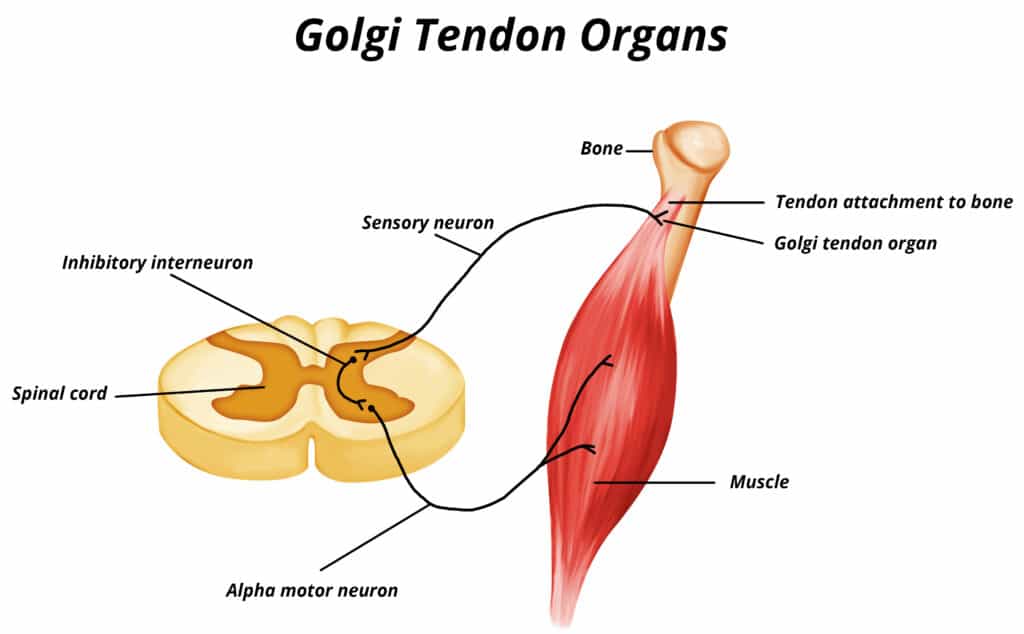
Physical Activity and the Nervous System
The nervous system participates in physical activity and the way in which the body adapts to movement immediately and over time. Motor units are the key component of the nervous system that allows all human movement. The motor unit includes one motor neuron plus the muscle fibers it innervates. One neuron in a motor unit can innervate four or more muscle fibers.

Motor units in smaller muscles that perform more meticulous movements (such as threading a needle) often contain a neuron that is attached to fewer muscle fibers than those attached to larger muscles. Larger muscles contain motor units with a large number of muscle fibers per motor neuron.2
Motor neurons discharge an action potential across the neuromuscular junction, stimulating muscular contraction in all muscle fibers within the motor unit.
This contraction process follows the all-or-nothing principle, which states that when a motor neuron discharges its potential, every single muscle fiber in its motor unit contracts without any possibility of fractional stimulation. The motor unit is either completely stimulated or does not contract at all.2
In order to move a muscle, the recruitment of motor units must occur. Motor unit recruitment is the sequence of activation of a particular pattern of motor units for a movement. The efficiency of motor unit recruitment is one of the multiple factors that affect how much force the muscle can develop.4
Recruitment of motor units begins with those that contain slow twitch muscle fibers. If a large enough force is required, fast-twitch muscle fibers are then recruited. Even at maximum muscle force, not all muscle fibers in a muscle typically join in in order to avoid injury in both the tendon and muscle.2
More recruitment is required for shortening muscle than lengthening muscle with the same amount of force.4 In terms of the strength of overall motor recruitment, the muscles can increase both the number of motor units recruited and improve the efficiency in the pattern of fibers recruited.2
Another major factor that determines acute muscle force is rate coding. Rate coding refers to the frequency at which the action stimulates the motor unit. Increased rate coding results in increased muscle force development and is one of the nervous system adaptations that improve muscle force capability.4
Over time, rate coding changes based on adaptations to training. Strength training is more likely to increase the rate coding in the muscles being trained. Endurance training is likely to decrease rate coding because improved muscular conditioning means fewer muscle contractions are required to maintain a given intensity.
Essentially, the rate coding increases in strength training to allow for an increase in maximal force whereas the rate coding may decrease in some cases in endurance training as the body becomes more efficient at endurance movements.4 If a person decreases their activity level, their muscles will decrease their rate coding over time.4
Motor unit synchronization happens when multiple motor units activate at the same time. This is another factor that affects the neuromuscular system. Studies have shown that strength training increases motor unit synchronization. This most likely benefits the rate of force production as well as allowing for better coordination.5
For example, when an athlete practices weighted lunges over a training period, their motor units begin to synchronize with each other, allowing them to lunge more effectively and with coordination. Their movement becomes more refined and their muscle fibers engage more collectively. They may also be able to lift more weight in the movement thanks to the improved synchronization.
Overall, the increased recruitment, rate coding, and improved synchronization are all nervous system adaptations that lead to improved strength and performance in physical activity, independent of adaptations in other body systems.
Summary
The nervous system senses, integrates, and responds to stimuli both internally and externally.3 One of its main functions in relation to exercise includes proprioception, allowing the body to sense where it is in relation to the outside and inside environment.1,2
The nervous system contains multiple subdivisions starting with the central and peripheral divisions.1 The peripheral nervous system is further divided into the sensory and motor divisions. The motor division is then divided into the somatic and autonomic divisions.3
Finally, the autonomic division is divided into the sympathetic and parasympathetic nervous system.2
The nervous system contains neurons that send messages throughout the body, and neuroglia, that support the neurons. Each neuron is made up of a cell body and processes that allow messages to be received and sent through electrical impulses. The neurons can be classified by number of poles as well as their function.
Sometimes, multiple nerves and other supporting cells make up special receptors. These include muscle spindles, Golgi tendon organs, and joint receptors.2 These receptors help the body function during exercise.
The nervous system allows movement to occur via motor units that innervate the muscle. These motor units are recruited in different numbers and different patterns for different forces.2 There is some evidence that the recruitment motor unit number changes with different forms of exercise.5 Rate coding is the frequency at which the motor units are stimulated. Rate frequency appears to increase with strength training and decrease with endurance training.4
Motor unit synchronization allows multiple motor units to fire at the same time. Strength training potentially increases the level of motor unit synchronization, as well as rate coding and recruitment, which are among the key performance adaptations that occur in the nervous system in response to resistance training.5
References
- Anderson DM, Novak PD, Jefferson K, Elliott MA, eds. Dorland’s Illustrated Medical Dictionary. 30th ed. Philadelphia, PA. Elsevier; 2003.
- Kent, Michael. Oxford Dictionary of Sports Science and Medicine. 3rd ed. New York, NY. Oxford University Press; 2006.
- Marieb, R.N., Ph.D., Elaine N., Hoehn, M.D., Ph.D., Katja. Human Anatomy and Physiology. 11th ed. Pearson; 2019.
- Duchateau, J, Enoka, RM (2017). Rate coding and the control of muscle force. Cold Spring Harbor Perspectives in Medicine, 7(10). 10.1101/cshperspect.a029702
- Gardiner, P. (2011). Advanced neuromuscular exercise physiology. Human Kinetics.





